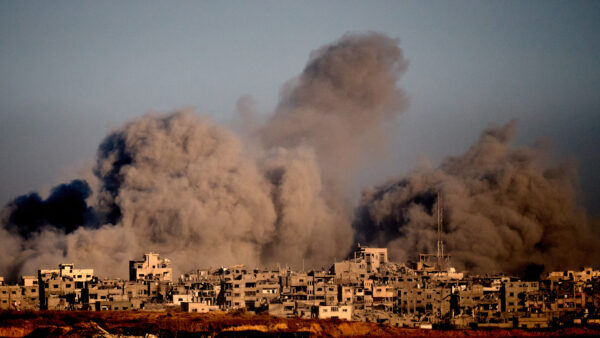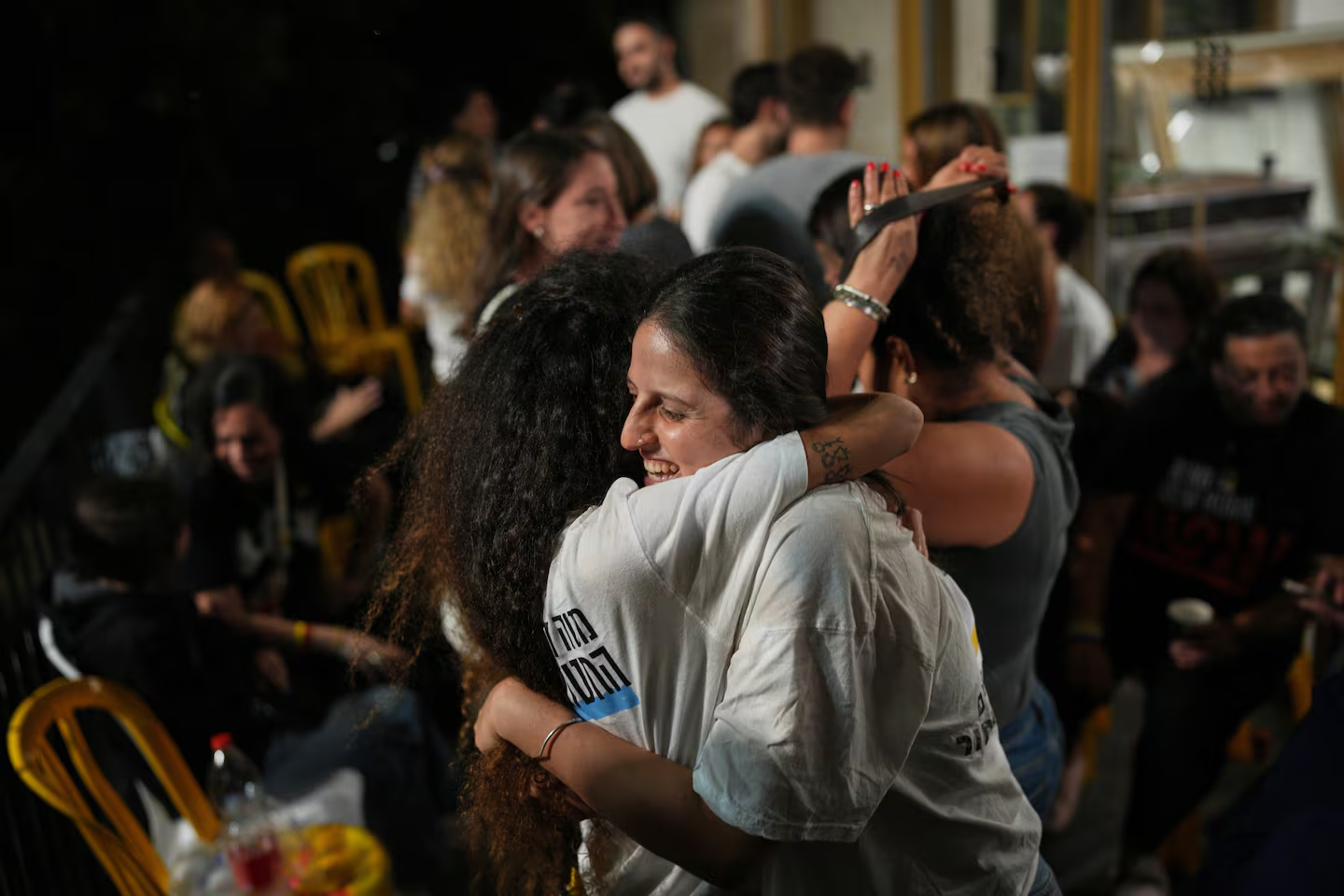Israel and Hamas have agreed to the first phase of a peace plan, bringing hope after years of conflict. Learn about the ceasefire, prisoner exchanges.

Israel–Hamas Conflict: A Glimmer of Hope
After years of violence and suffering, the Israel–Hamas conflict may be entering a critical turning point. The two sides have agreed to the first phase of a peace plan, which includes a ceasefire, prisoner exchanges, and Israeli troop withdrawals from key areas in Gaza.
For many, this is more than a political development — it is a human story of lives impacted by war, families hoping for reunions, and communities seeking normalcy. Even as challenges remain, this first step provides a moment of cautious optimism. (Israel–Gaza escalation intensifies)
Key Elements of the First Phase
1. Ceasefire Brings a Pause to Violence
The ceasefire aims to stop the immediate fighting and allow civilians a chance to breathe. After years of constant tension, the streets of Gaza and Israeli towns near the border may finally see a moment of calm.
This pause is also vital for humanitarian relief, ensuring aid reaches hospitals, schools, and families affected by the conflict. Peace is not just about politics; it is about saving lives. (www.america112.com)
2. Hostage and Prisoner Exchanges
One of the most human-focused parts of the agreement is the prisoner exchange. Hamas will release remaining Israeli hostages, while Israel is set to free a large number of Palestinian prisoners.
This exchange is more than numbers — it represents families reunited, relief after years of uncertainty, and the first concrete step toward rebuilding trust. It’s a reminder that peace is built on people, not just policy. (Ali Larijani returns to Iranian politics)
3. Israeli Troop Withdrawal
Israel has agreed to withdraw military forces from parts of Gaza, returning to agreed-upon lines. While security concerns remain, this move is symbolic of compromise and the potential for a reduction in day-to-day tensions.
For civilians living in the shadow of conflict, even a partial withdrawal can mean safer neighborhoods, quieter nights, and the first steps toward rebuilding their communities.
Challenges Ahead
While the first phase brings hope, significant challenges remain:
- Disarmament and Security: Ensuring Hamas ceases hostilities is essential to prevent a resurgence of violence.
- Gaza Governance: Determining political and administrative control of Gaza is complex and sensitive.
- Reconstruction Needs: Rebuilding homes, hospitals, and infrastructure requires global support and cooperation.
This is where the international community plays a vital role. Support, funding, and monitoring will determine whether this first phase leads to lasting peace.
Why This Peace Plan Matters
This agreement is not just a ceasefire; it’s a test of diplomacy, patience, and human resilience. It has the potential to reshape the lives of millions in Gaza and surrounding regions.
Peace plans like this remind us that diplomacy is deeply human. It’s about safety, hope, and the chance to rebuild lives disrupted by conflict. While political leaders negotiate terms, the impact is felt in homes, schools, and hospitals. (Israel–Gaza escalation intensifies)
The broader regional implications are significant too. Countries with influence in the Middle East, including Iran, Egypt, and Qatar, may see this as a moment to help stabilize the region and support reconstruction efforts. (Ali Larijani returns to Iranian politics)
Looking Ahead
While this is only the first phase, it opens a door. Future phases may address long-term security, economic rebuilding, and political reconciliation.
The journey ahead will not be easy, but every step toward dialogue and compromise brings humanity back to the center of the conversation. People who have lived through conflict deserve hope, safety, and a chance to rebuild their communities.
For those following developments, keeping informed via reliable sources such as www.america112.com can provide updates on how the situation evolves and what measures are taken to protect civilians.
Final Thoughts
The first phase of the Israel–Hamas peace plan is a moment of cautious optimism. It is proof that even after years of conflict, dialogue and compromise are possible.
While the path ahead is complex, every ceasefire, prisoner exchange, and withdrawal represents hope for families, communities, and future generations. This moment reminds us that peace is not just a political goal — it is a deeply human need.

